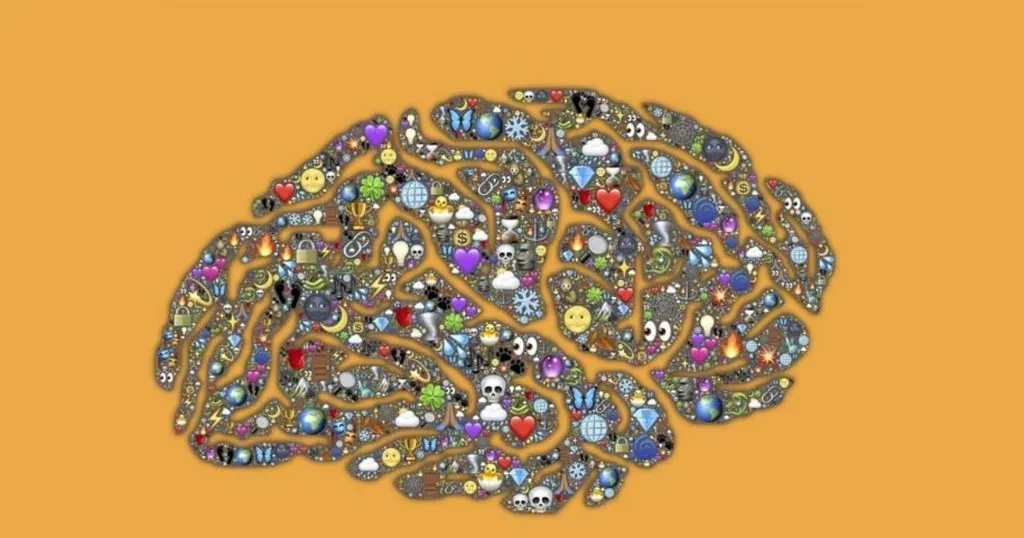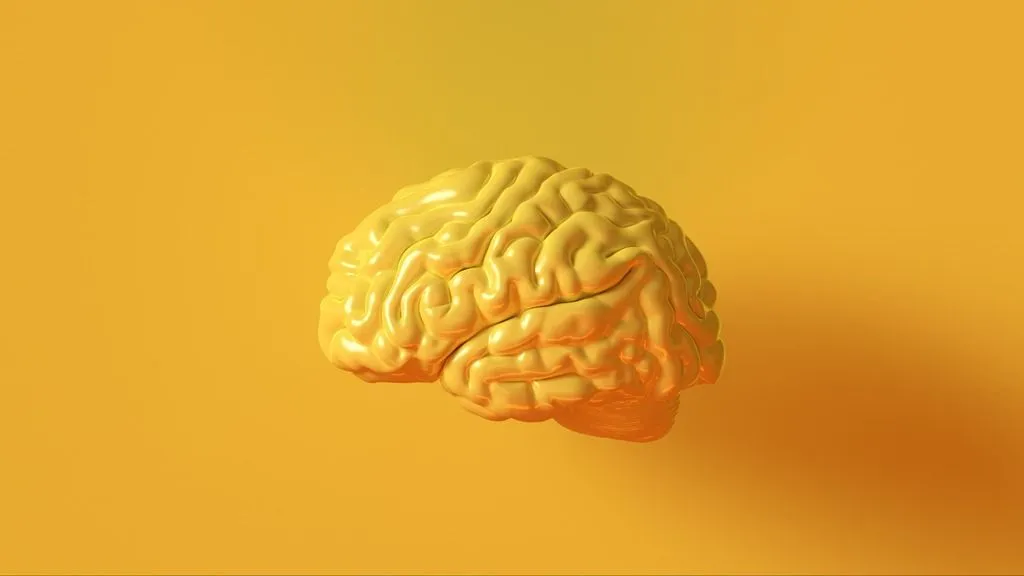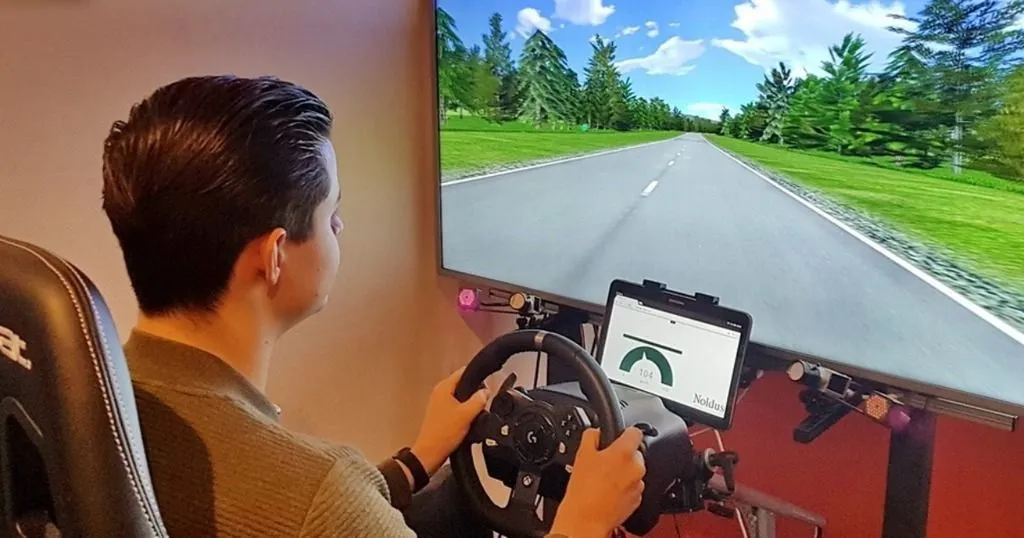Measuring the creative process
How can you come to better understand what is going on in the creative process? A living lab studying the work of a writer, painter, musician or other creative person might provide the answer.
Posted by
Published on
Mon 18 Nov. 2013
Topics
| Behavioral Research | Creativity | EEG | Living Labs | Neuromarketing | Observational Research | The Observer XT |

After Albert Einstein died, his brain was preserved and in the following decades scientists have studied it to try and see if there was anything exceptional about it. It is hard to draw conclusions from just one subject, but one clear difference is that he had an exceptionally large number of glial cells in the area of the brain responsible for incorporating and synthesizing information from other brain regions [1]. Glial cells are important for a number of brain functions, including signal transmission.
Really understand creativity
It is all very well to see something in brain anatomy, but if you really want to understand creativity then you need to study the process as it takes place in a live subject. That is easier said than done. Brain imaging techniques can be used to see what parts of the brain are active when a person is presented with various stimuli, or when they are asked to think about certain things.
Brain imaging is used in a variety of contexts, including clinical studies and neuromarketing. However, those sort of techniques give limited insight into what the creative processes actually are. The results are difficult to interpret because trying to be creative whilst sitting still in a metal cylinder (the imaging device) is just not the same as the normal process in the artist’s studio or at the writer’s desk.
Living lab
The way forward is to measure as much as possible, whilst influencing the creative process as little as possible. This sort of setup is often called a living lab. Living labs are increasingly being used to study all sorts of behaviors in their natural environment, from a consumer trying to use the latest TV or smartphone, to a diner in a restaurant making a choice from the menu.
Perhaps surprisingly, there have been relatively few studies carried out using living labs to study creative processes. This might be because such processes tend to be subtle and probably vary a lot between different individuals, but maybe also because of the classic division between the sciences and the arts.
Buyer’s guide to the perfect audiovisual lab
Free buyer's guide
- What is an audiovisual lab?
- What do you need to complete your setup?
- How does an audiovisual lab help you answer your research questions?
Dutch writer Arnon Grunberg
A team of scientists is now setting up an experiment to try and remedy this situation. The study of well-known Dutch author Arnon Grunberg has been turned into a living lab, and as he writes his next book, what he is thinking, feeling and doing is being recorded and analyzed. Are you interested to read more details about this experiment? Read more about measuring creativity at the GrunbergLab.
Reference
Fields, R. Douglas (2009). The Other Brain: From Dementia to Schizophrenia. New York: Simon & Schuster. p. 7. ISBN 978-0-7432-9141-5
Related Posts

The science behind your emotions

Neuromarketing research: Innovative research methods and techniques
